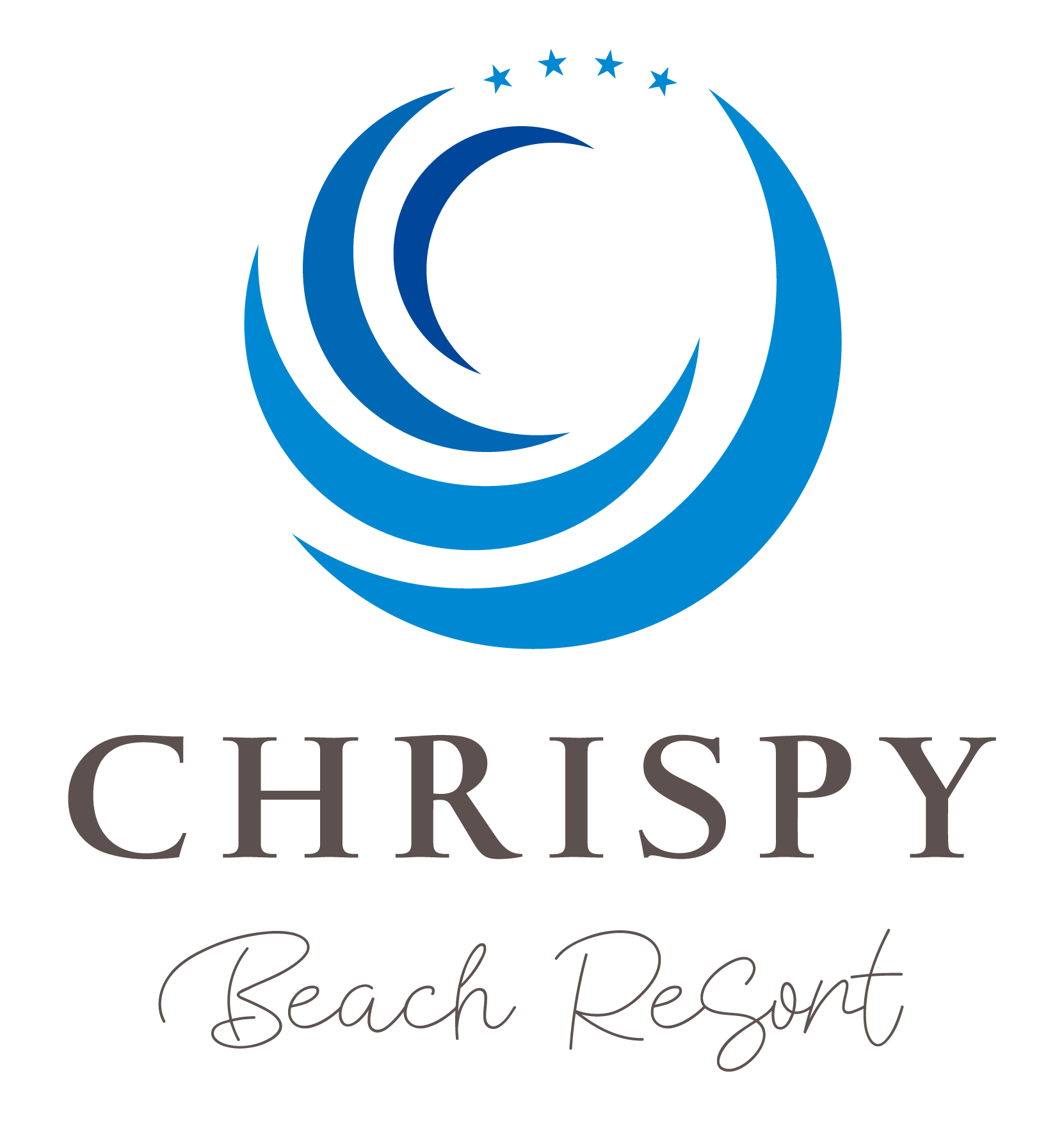Historical flashback & suggested sightseeing
Crete (Greek: Κρήτη, transliteration: Krete, modern transliteration Kriti) is the largest of the Greek islands and the fifth largest island in the Mediterranean Sea at 8,336 km² (3,219 square miles). Crete was the center of the Minoan civilization (ca. 2600–1400 BC), the oldest Greek civilization. Today Crete is one of the thirteen peripheries of Greece and a significant part of the economy and cultural heritage of Greece. While it retains its own local cultural traits (such as its own music and dialect), Cretans identify themselves as Greeks. For centuries the island was known by its Italian name Candia, from the medieval name of its capital Heraklion, Chandax (Greek: Χάνδαξ or Χάνδακας, “moat”, Turkish: Kandiye). In Classical Latin it was called Creta and in Turkish Girit.
Crete is the location of significant ancient history, which provides popular modern day tourist destinations. It includes the Minoan sites of Knossos and Phaistos, the classical site of Gortys, the Venetian old city and port of Chania, the Venetian castle at Rethymno, and the Samaria Gorge.
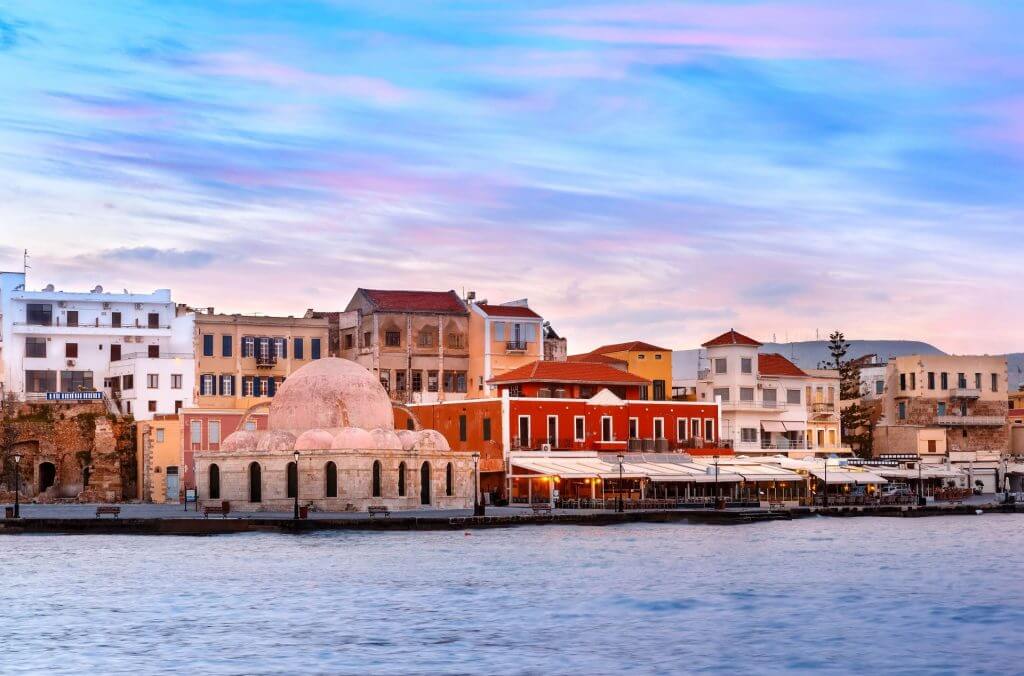
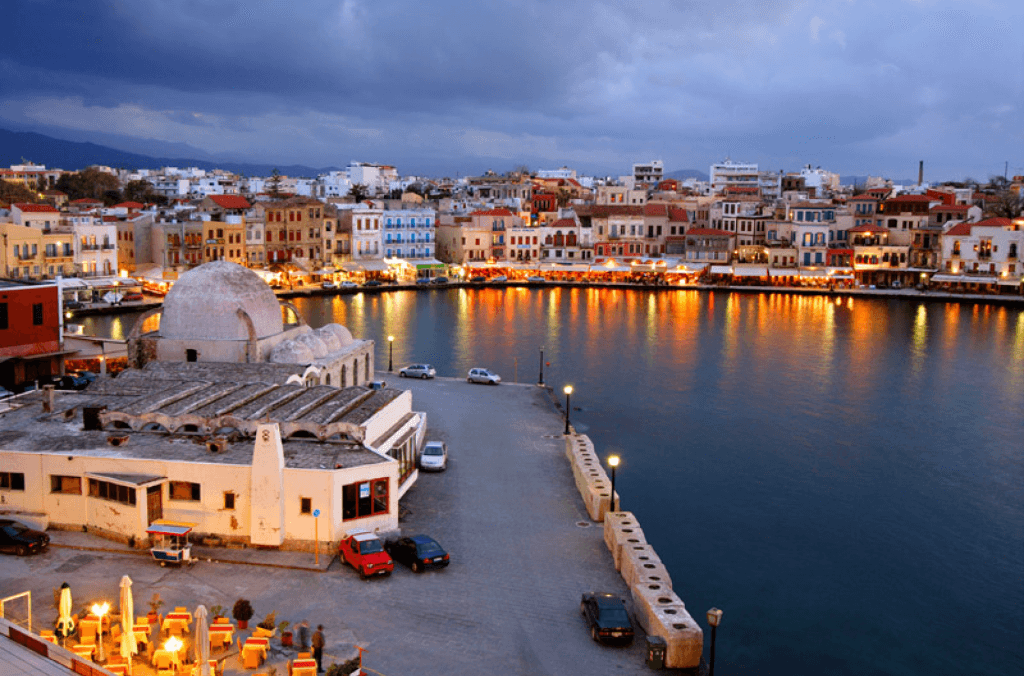
Located on the west coast of Crete, the county of Chania is the most mountainous area of Crete and is dwarfed by the imposing mass of the White Mountains range, about 40 km long. The tallest peak (Pachnes, 2453m) has snow up to May! There are four mountain shelters (Kallegris, Tavri, Svourichti, Volikas). The range spans from the west to east and vanishes close to the prefecture of Rethymno, having formed many plateaus such as Omalos (altitude 1080 metres) and Askifou (altitude 730 metres) and having been divided by wild gorges and ravines of exceptional beauty like that of Agia Irene, Samaria, Aradena, Imbrou and many more along the way. It generously allows a big fertile plain to unfold in the north, fertilizing it with its abundant water sources which transform into life-giving rivers, its biggest being Platanias (ancient Iardano) and Kiliaris.
The plains of Kisamos, Chania, Armeni and Georgioupolis end up in the densely populated and tourist developed beaches of the Cretan Sea. The roughly chiselled shore is characterized by four long peninsulas that share the same names with the promontories of Gramvousa, Spatha, Akrotiri and Drepanos in between which the four large and accessible gulfs of Kisamos, Chania, Souda and Georgioupolis are formed, the second to last one harbouring the largest and safest port in Greece. North and west, the county is surrounded by sea, while the south side of the island, facing the Lybian sea, has the longest sunny days in Europe.
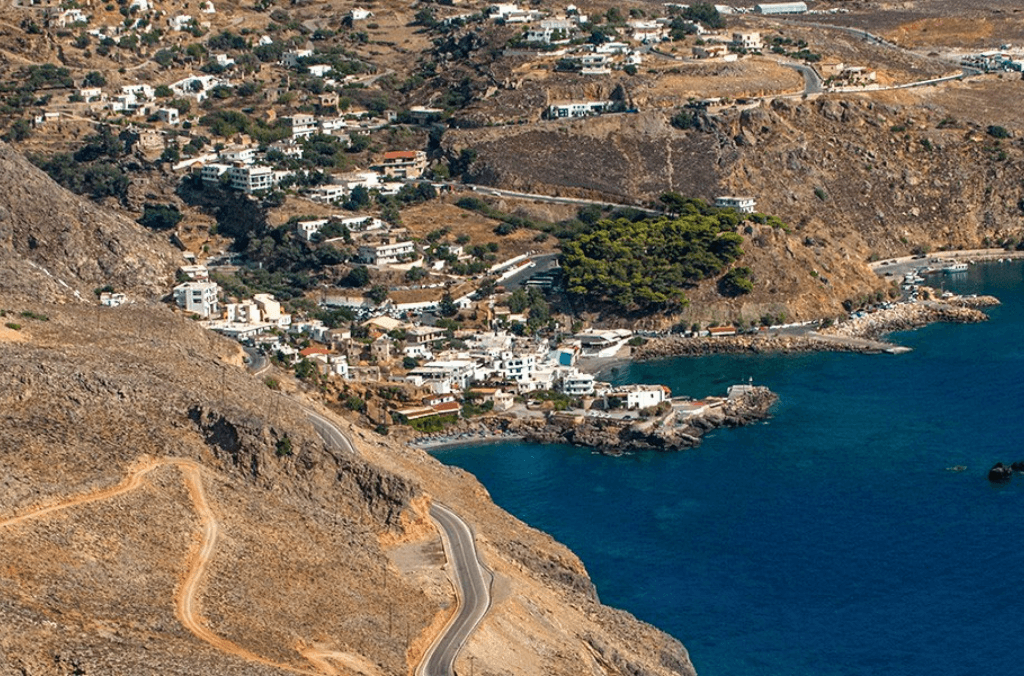
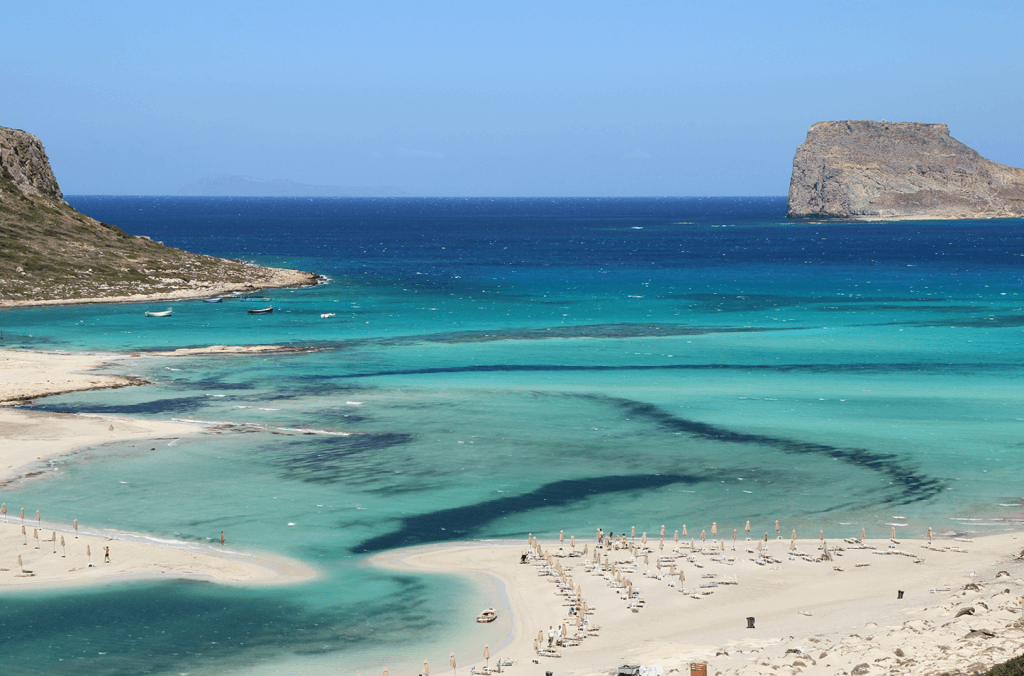
The county is 2376 km2 big and has a population of 140,000. It is divided into five districts, with the town of Chania as its capital pop. 60000). Over 200 villages arrayed on the sides of the mountains on the mountain plains of Omalos and Sfakia, but mostly near the sea are waiting for you. A short way out of Georgioupoli (east of Chania) you will find the unrivalled Cretan lake of Κournas. Chania Town a sign of the prosperity of the town, with the commercial stores around it and to the south, it sells all the produce of the Cretan soil. Always full of people, it stands as a reference and starting point for an introduction to the town. Only five minutes walking distance from the centre the public gardens await you, situated between the streets of Dimokratias and Tzanakaki and next to the park of peace and friendship of the nations. The gardens are the most beautiful in Crete and have a pastry and coffee shop. The public garden also has a small zoo, which includes Cretan animals such as the “kri-kri” as well as Cretan plants and trees.
The old quarter of the town “inside the walls” still keeps its Venetian gentility. Narrow, paved sidewalks are surrounded by elegantly restored houses (Venetian and Turkish) which nowadays have become rooms for rent, shop selling popular art and tourist goods, of Cretan Style restaurants. The old port is picturesque at any time of the day or season and is a center of attraction for visitors and locals alike, as much for its beauty, as for the varied choice of entertainment there choices such as fish taverns and restaurants for the gourmet, coffee shops and cake shops to meet with friends, bars and night clubs for all tastes and ages. But the real walker can enjoy a stroll starting from Koum-Kapi and ending at the Lighthouse or Nea Hora.

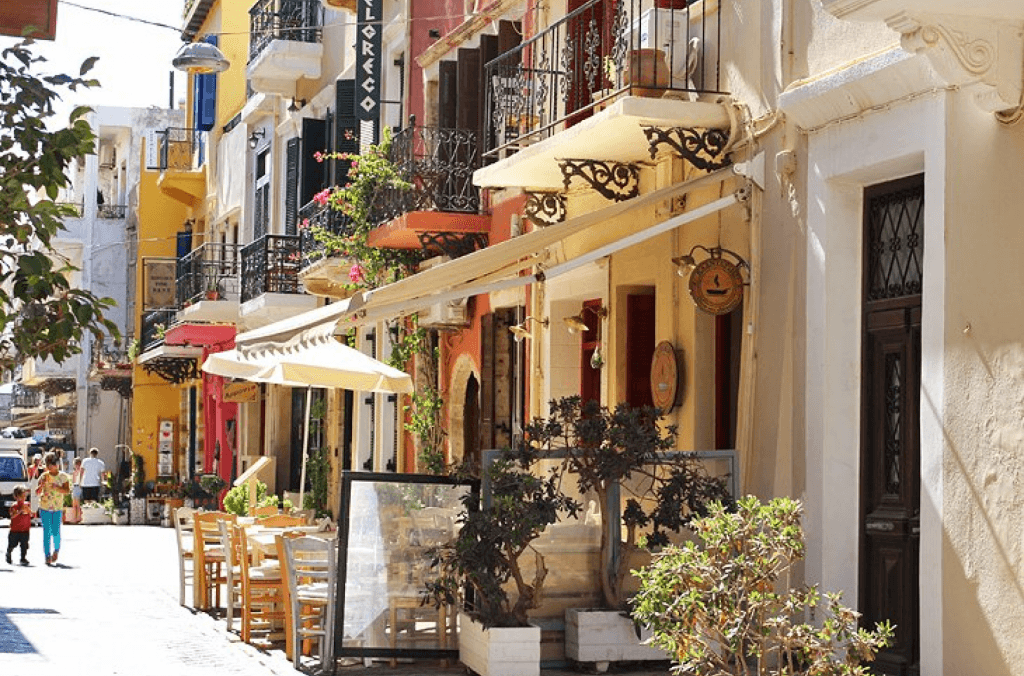
East of the port the visitor will encounter the historical square of Splanzia, where he will set his eyes on the church of Agios Nicholas (1204) with the Turkish minaret and the church of Agios Rokkos (1630) which dates back to the renaissance. Around the square there are scattered neighbourhoods with a strong Turkish influence. Beyond the tourist and historical centre of Chania and past the walls of the old city, the visitor can visit the historical quarters of Halepa with the aristocratic houses from the end of the 19th and beginning of the 20th century and the “tabakaria” neighbourhood. There he will gaze upon the Palace of Prince Georgios and the residence of Eleftherios Venizelos which houses the National Foundation of Research “Eleftherios K. Venizelos”, with his statue which has been erected in the square, the French Academy (1860) the Russian church of Agia Magdalini and the church of Evangelistria.
